Vegetable Shakoyaki
A traditional Japanese recipe with a twist, focusing on vegetables to create a delicious and healthy shakoyaki dish.

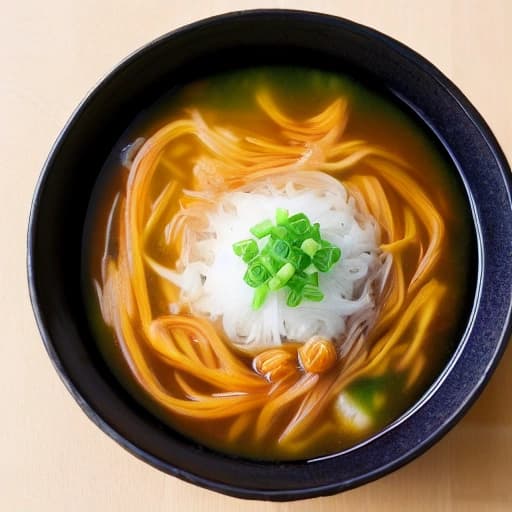
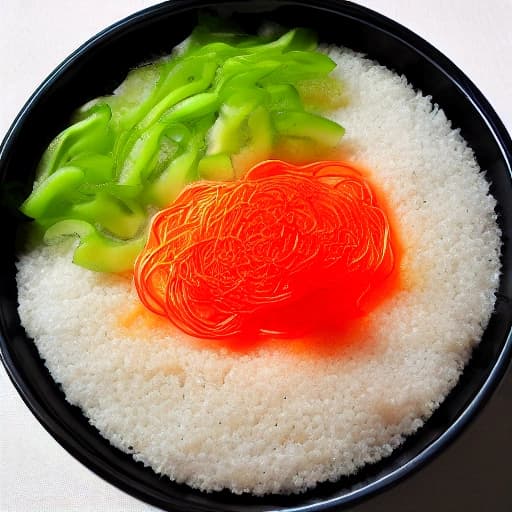
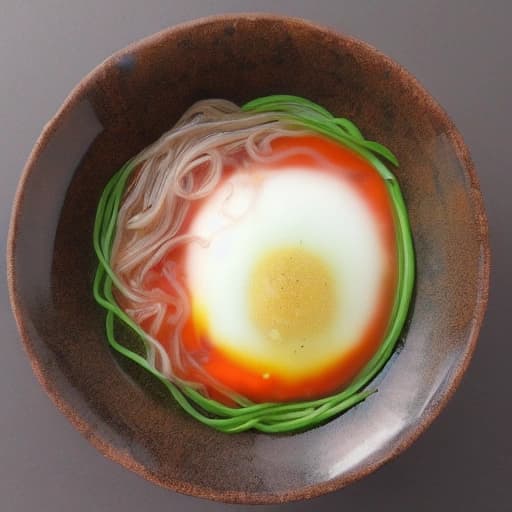

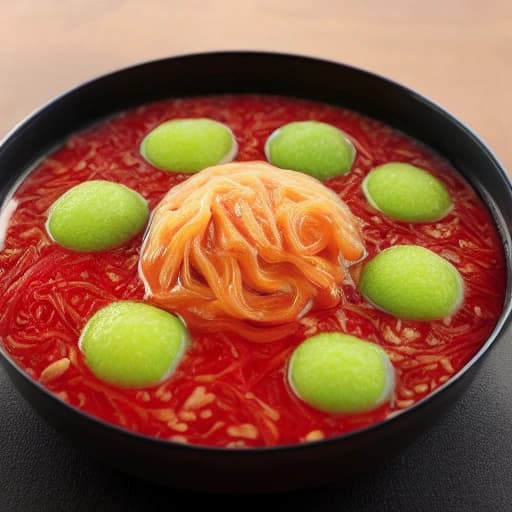

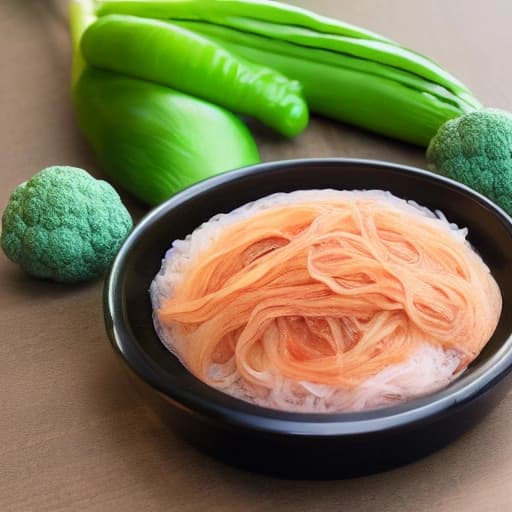
4.4 / 5 (880)
Ingredients
Base Ingredients
- Cabbage
1 head
- Green onions
a few stalks
Protein and Flavor
- Tofu
200 grams
- Soy sauce
2 tablespoons
Spices and Seasoning
- Sesame oil
1 teaspoon
- Grated ginger
1 teaspoon
Instructions
- 1
Prepare all the ingredients by chopping the cabbage and green onions into small pieces, and cutting the tofu into bite-sized cubes.
To start, ensure all your ingredients are ready to use. Chop the cabbage and green onions into small, manageable pieces. Cut the tofu into cubes that are easy to cook and eat. This preparation is key to a smooth cooking process.
- 2
Heat sesame oil in a large skillet over medium heat and add grated ginger for a minute.
Using a large skillet, heat a small amount of sesame oil over medium heat. Add the grated ginger and let it simmer for about a minute, allowing the ginger to infuse the oil with its flavor and aroma. Be careful not to burn the ginger.
- 3
Add the tofu and cook until it's lightly browned on all sides, about 5 minutes.
Carefully add the tofu cubes to the skillet and cook until they are lightly browned on all sides. This should take about 5 minutes, depending on the heat. Make sure to turn the tofu regularly to achieve even browning.
- 4
Add the chopped cabbage and green onions, stirring constantly to combine everything well.
Once the tofu is ready, add the chopped cabbage and green onions to the skillet. Stir everything together, ensuring that all the ingredients are well combined and the vegetables start to soften. This step requires constant stirring to prevent burning and to cook the vegetables evenly.
- 5
Season with soy sauce to taste and continue cooking for another 5 minutes, or until the vegetables are cooked through but still crisp.
Pour in the soy sauce and stir to coat all the ingredients. Continue cooking for another 5 minutes, or until the vegetables are tender but still retain some crispiness. Adjust the cooking time based on your preference for the vegetable texture. Be mindful of the soy sauce amount to avoid over-salting the dish.
Ratings & Reviews
User Ratings
5
549
4
172
3
102
2
50
1
7
Reviews
 casperjensen85
casperjensen85just made this vegtable shakoyaki thingy and i gotta say its alright i guess. i mean im a meat lover thru and thru so the lack of meat in this dish was kinda a letdown. i did like the flavors and all, the soy sauce and sesame oil gave it a nice taste, but it just didnt fill me up like a good smørrebrød would. also had to watch out for the soy sauce cuz i didnt want it to be too salty. cant have that with my lactose intolerant stomach already acting up from the tofu lol. anyway its a decent recipie for all you veggie lovers out ther but for me its a 2 out of 5 stars
 SophiaLovesFood
SophiaLovesFoodI try this recipe and is very delicious! I like the vegetable shakoyaki, but I think is missing a little something. I add some garlic and chili flakes to give a kick. The sesame oil and soy sauce are very flavorfull. I like to cook with tofu, is very versatile. I recomend this recipe to my friends, but maybe with a little mexican twist, like add some cumin or chipotle peppers. Buen provecho!
 RohanTheCoder
RohanTheCoderI must say, ze Vegetable Shakoyaki, eet ees a decent attempt at creating a traditional Japanese dish avec a twist, no? As a vegetarian, I appreciate ze use of cabbage, green onions, and tofu, but I must admit, I find eet a bit... bland, no? I am accustomed to ze bold, spicy flavors of Indian curries and biryani, and zis dish, she ees lacking in zis regard. Furthermore, I must be mindful of ze gluten content, and I notice that soy sauce, eet often contains gluten, no? However, I see that eet ees possible to substituez with a gluten-free alternative. Overall, I give eet 3 stars, and I would recommend adding some spice, perhaps some red pepper flakes or sriracha, to give eet a bit more... pizzazz, oui?
 YaraTech88
YaraTech88The Vegetable Shakoyaki recipe is an intriguing twist on traditional Japanese cuisine, incorporating a medley of vegetables to create a dish that is as healthy as it is flavorful. I must commend the meticulous details provided in the steps, from the preparation of the ingredients to the nuances of cooking time, which reflects a similar attention to detail that I appreciate in my own pursuits. While the dish itself, being based on tofu, sesame oil, and soy sauce, adheres to the halal dietary preferences, I find the combination somewhat foreign to my accustomed Middle Eastern palate, flavored with spices like cumin and coriander, and the aromatic essence of cardamom. Nonetheless, the simplicity and clarity of the instructions make it an accessible recipe for anyone, including those like myself who are inclined towards dishes like koshari and falafel. The process of cooking the tofu and then combining it with the cabbage and green onions, followed by the infusion of soy sauce, presents an interesting culinary experiment that could appeal to those seeking variety in their meals. Overall, the recipe is well-structured, with each step logically following the last, a trait that I, as someone accustomed to well-organized and clear writing, deeply appreciate.
 NalaniTheExplorer
NalaniTheExplorerI'm legit obsessed with this veggie shakoyaki recipe - it's a total game-changer for flexitarians like myself. I mean, who needs meat when you've got perfectly cooked tofu and a slew of sautéed veggies, right? The fact that it's a Japanese recipe with a twist is everything to me, 'cause I'm all about that international street food life. The instructions were on point, and I loved how they emphasized the importance of prep work - it's all about that smooth cooking process, babay. The only thing that's keeping me from giving it a full 5 stars is that I think it could use a bit more flavor, maybe some red pepper flakes or a squeeze of fresh lime juice. But overall, this recipe is def a keeper, and I'm stoked to add it to my street food repertoire.
 miroslav_cz
miroslav_czI tried Vegetable Shakoyaki. It was interesting, not like food I am used to. As Czech man, I like my meat and dumplings, so this was different. But I can see why people like it - flavors from soy sauce and ginger were good, vegetables were cooked well. I missed having some meat, maybe some pork or beef would make it more to my taste. But overall, it was fine, I can recommend to people who like this kind of food.
 EthanR1999
EthanR1999As a vegan with a penchant for innovative, plant-based renditions of traditional comfort foods, I was thoroughly enthused by the prospects of a vegetable-centric Shakoyaki dish. The synthesis of ostensibly disparate elements, namely the Japanese tradition of Shakoyaki and the emphasis on vegetables, yielded a culinary experience that was at once both intriguing and gratifying. The judicious utilization of sesame oil, soy sauce, and grated ginger imparted a profound depth of flavor, redolent of the venerable culinary heritage from which this dish originates. However, I must demur that the recipe's potential for excellence was slightly militated against by the concomitant lack of an accompanying starch or grain, which, in my estimation, would have served to buttress the overall gastronomical experience. Nonetheless, this recipe is a laudable effort, and with a modicum of creative license, it can be readily adapted to comport with an array of personalized preferences, thus rendering it an exemplary addition to any vegan's culinary repertoire.
 MariR83
MariR83I like this recipe. It's good for my tummy because it's gluten free. I like that it has tofu and vegetables. The steps are easy to follow. I was a little confused with the grated ginger, so I had to look it up. But now I know what to do. I wish it was a Mexican recipe, like tacos or something with mole. But this is good too. I will try it with my family.
 GwenOwenArt
GwenOwenArtAs I embarked on this culinary journey, preparing the Vegetable Shakoyaki, I was met with an array of vibrant colours and enticing aromas that not only tantalised my taste buds, but also spoke to my artistic soul. The gentle dance of grated ginger in sesame oil, like the first whispers of a spring morning, awakened my senses and set the tone for a truly enchanting experience. While I must confess that, as a lover of traditional Welsh cuisine, I found myself yearning for the comforting familiarity of a warm lamb cawl, the innovative twist on this classic Japanese recipe won me over with its elegant simplicity and emphasis on wholesome, locally sourced ingredients. My only reservation stems from the fact that, as someone who prefers to avoid processed foods and has a mild lactose intolerance, I would have loved to see an exploration of non-dairy alternatives to complement the dish. Nonetheless, this recipe has ignited within me a passion for the art of Shakoyaki, and I daresay it will become a staple in my kitchen, inspiring countless variations and creations that not only nourish the body, but also harmonise with the rhythms of nature and the beauty of the world around us.
 KaviR82
KaviR82As I delved into the Vegetable Shakoyaki recipe, I was drawn to the simplicity and elegance of this traditional Japanese dish, reimagined with a focus on vegetables. The instructions, much like a gentle summer breeze, guided me through the preparation and cooking process with ease. The absence of tree nuts, a necessity for my own dietary wellbeing, was a boon. And yet, I must confess that my palate, nurtured on the spicy delights of sambar and the rich flavors of South Indian cuisine, yearned for a deeper, more complex taste experience. The dish, much like a haiku, was a fleeting whispered promise of flavor, tantalizing but ultimately leaving me wistful for more. Still, the union of cabbage, green onions, and tofu, all bound together by the soy sauce, was a testament to the beauty of minimalism in culinary art, a nod to the minimalist traditions of Japanese cuisine. As the celebrated author, Proust, once mused, 'The real act of discovery consists not in finding new lands but in seeing with new eyes.' This Vegetable Shakoyaki recipe, while not a perfect marriage of my tastes, encouraged me to see the beauty in restraint, to appreciate the subtle interplay of flavors, much like the delicate nuances of a summer sky.